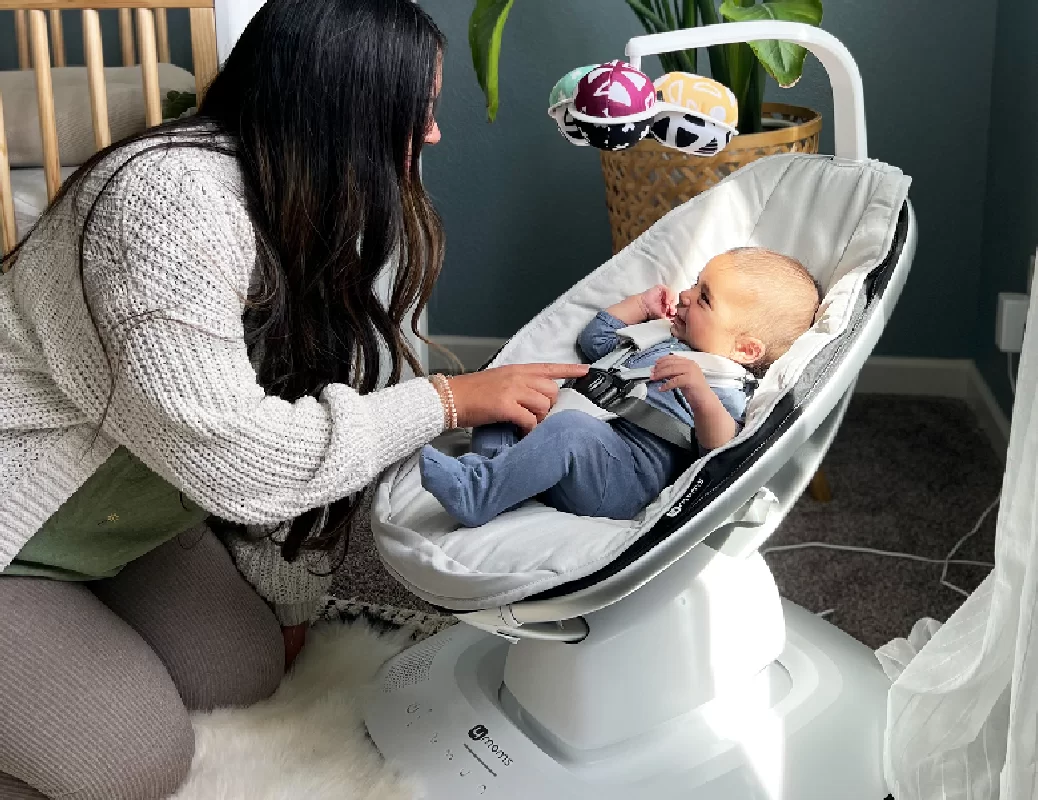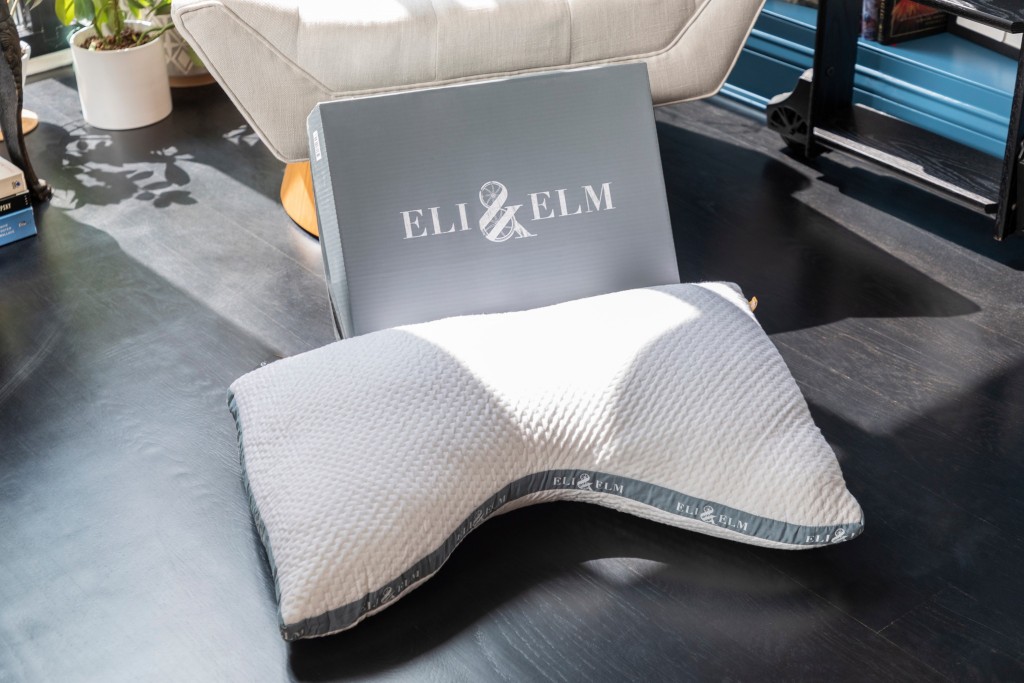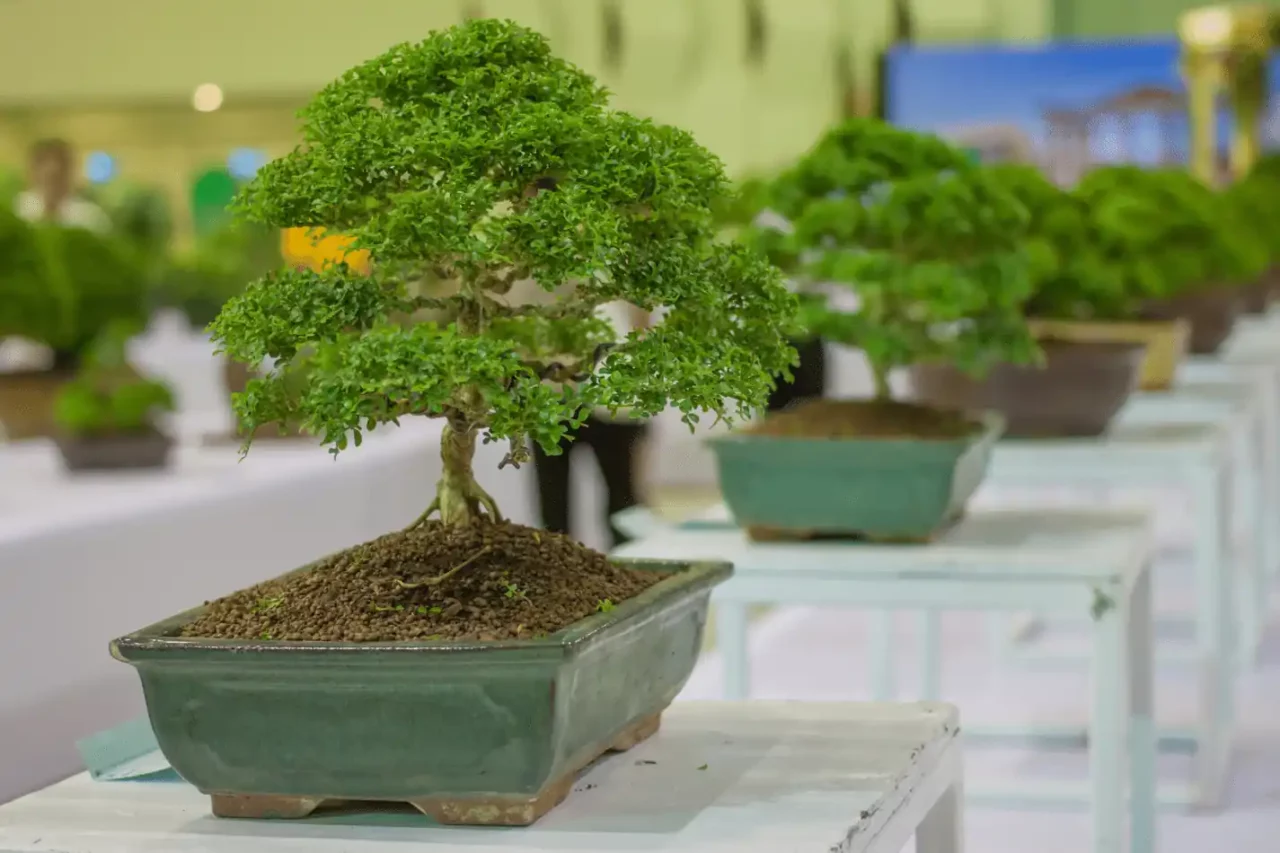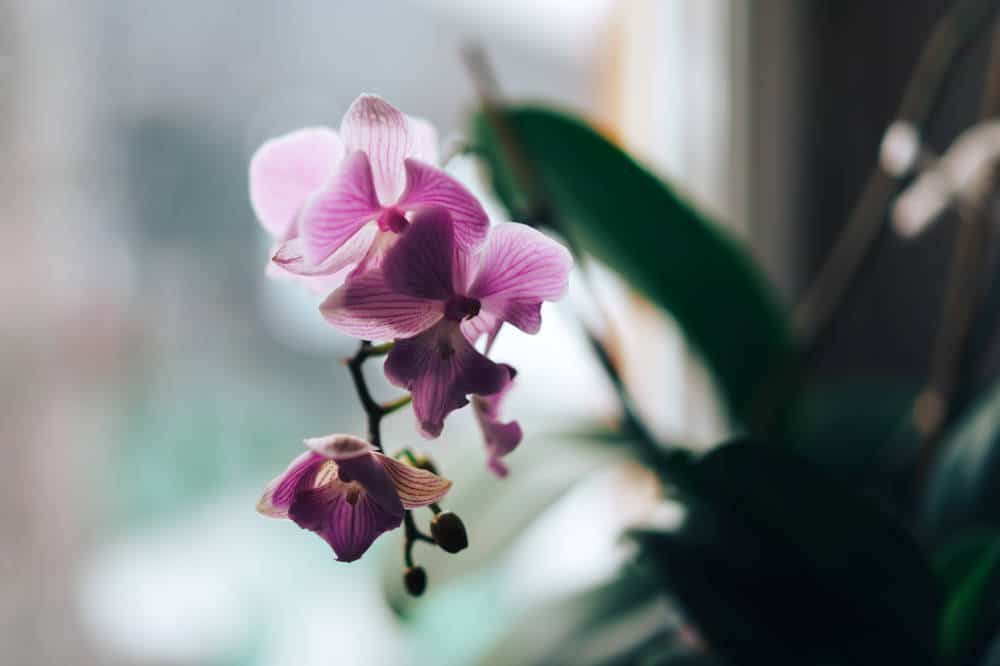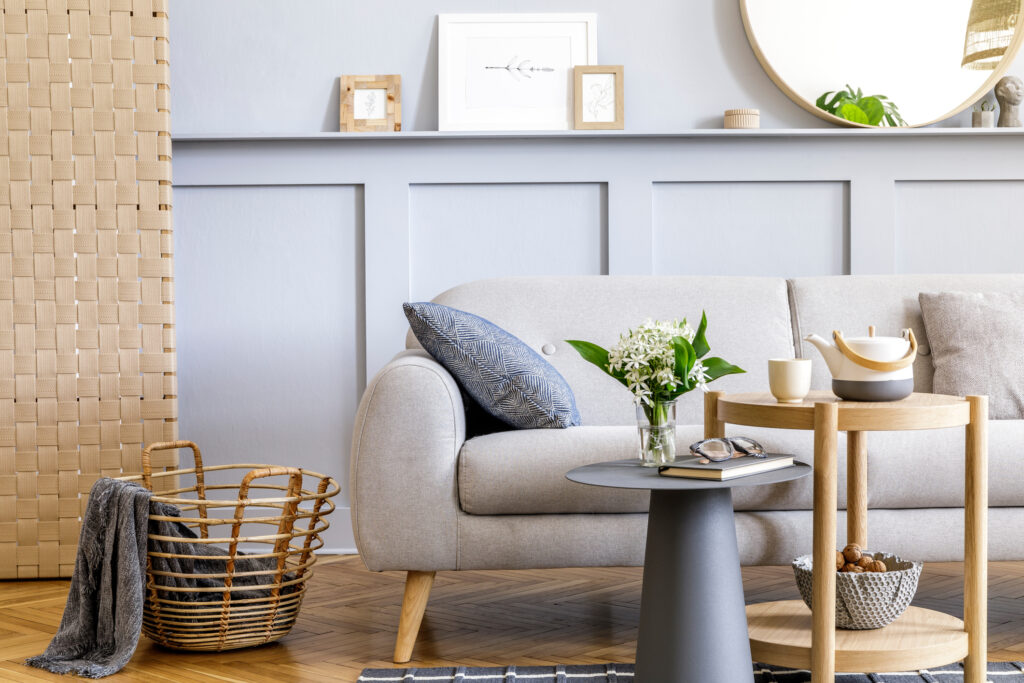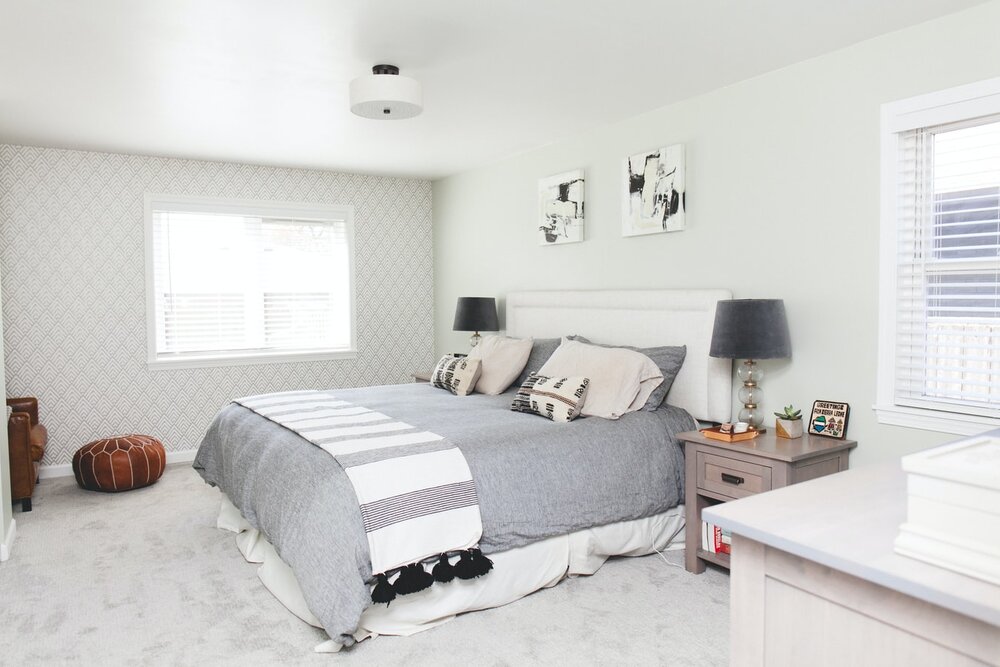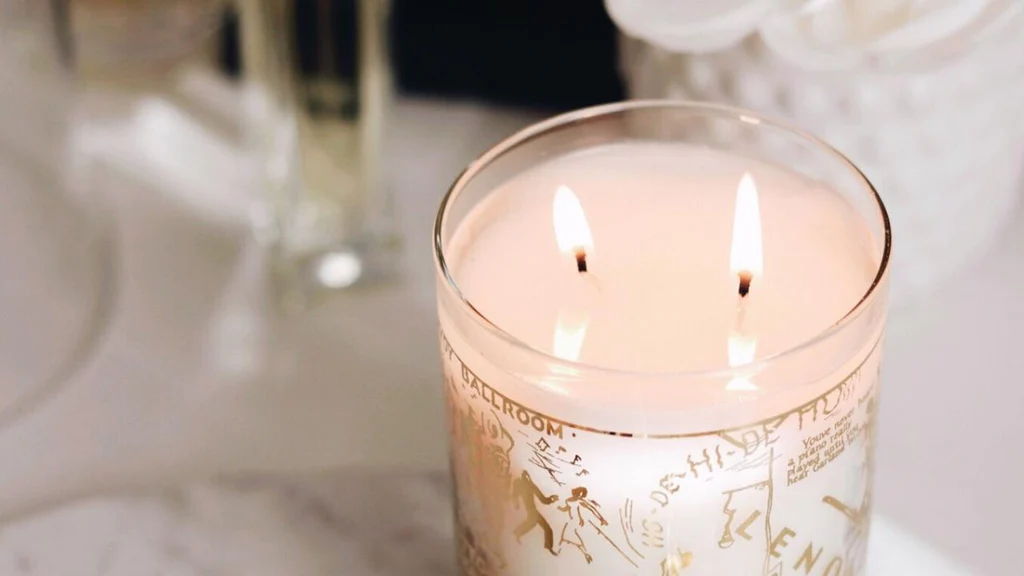When it comes to bathroom walls, you have many options to suit your style and budget. You can go for the classic look of tile, the modern appeal of vinyl wallpaper, the rustic charm of beadboard, or the sleek elegance of solid surface. Each option has its own pros and cons, depending on factors such as moisture resistance, durability, installation, and cost. Here are some of the most popular bathroom wall options and how they compare.
Vinyl Wallpaper
Vinyl wallpaper is a great choice for adding color and pattern to your bathroom walls. It is more durable and moisture-resistant than regular wallpaper, and it comes in a variety of designs and textures. Some vinyl wallpapers are even peelable and repositionable, making them easy to install and remove. However, not all vinyl wallpapers are suitable for high-moisture areas, such as shower stalls or bathtubs. You should also make sure that your existing wall surface is smooth and clean before applying vinyl wallpaper. Vinyl wallpaper can range from cheap to expensive, depending on the quality and design.
Interior Paint
Painting your bathroom walls is one of the cheapest and easiest ways to update your bathroom. You can choose from a wide range of colors and finishes to match your decor and mood. However, not all paints are created equal when it comes to bathrooms. You should look for paints that have mold- and mildew-inhibiting additives, which can prevent the growth of harmful fungi on your walls. You should also opt for semi-gloss or eggshell finishes, which are more resistant to stains and moisture than flat or matte finishes. Painting your bathroom walls can cost anywhere from $10 to $50 per gallon, depending on the brand and quality.
Tile
Tile is a classic choice for bathroom walls that never goes out of style. It is 100-percent waterproof, durable, easy to clean, and available in a myriad of shapes, sizes, colors, and patterns. You can create any look you want with tile, from traditional to contemporary. However, tile can also be expensive and difficult to install. You need to have a solid substrate, such as cement board or moisture-resistant drywall, to support the weight and adhesion of the tiles. You also need to grout and seal the tiles regularly to prevent water damage and mold growth. Tile can cost anywhere from $2 to $50 per square foot, depending on the material and design.
Beadboard
Beadboard is a type of wood paneling that features vertical grooves or beads along its surface. It can add a cozy and cottage-like feel to your bathroom walls. It is also relatively inexpensive and easy to install. You can paint or stain it any color you like, or leave it natural for a rustic look. However, beadboard is not very moisture-resistant, especially if it is made of MDF or plywood. You should only use it in areas that are not directly exposed to water, such as above the sink or behind the toilet. You should also seal it with a waterproof coating to protect it from humidity and splashes. Beadboard can cost anywhere from $1 to $5 per square foot, depending on the material and quality.
Tileboard
Tileboard is a type of wall paneling that mimics the look of tile. It is made of MDF or plywood with a hard melamine layer on top that has a printed tile pattern. It can be a quick and cheap way to cover up damaged or outdated walls in your bathroom. However, tileboard is not a good substitute for real tile. It is not very durable or waterproof, and it can warp or peel over time. It can also look cheap and fake compared to real tile. Tileboard can cost anywhere from $10 to $20 per 4×8 sheet.
Solid Surface
Solid surface is a manufactured material that consists of acrylics, polyesters, or a combination of both. It is similar to the material used for countertops, but it can also be used for bathroom walls. It is seamless, waterproof, durable, and easy to clean. It can also be molded into various shapes and sizes, and it comes in a variety of colors and patterns. However, solid surface is also expensive and heavy. You need to have a professional installer to handle the material and ensure a proper fit. You also need to be careful not to scratch or damage the surface, as it can be difficult to repair. Solid surface can cost anywhere from $50 to $100 per square foot, depending on the brand and quality.
Conclusion
As you can see, there are many options for bathroom wall coverings, each with its own advantages and disadvantages. The best option for you depends on your budget, style, and needs. You should also consider the size and layout of your bathroom, as well as the existing wall condition. Whatever option you choose, make sure it fits into the overall style of your home and enhances the look and function of your bathroom.


